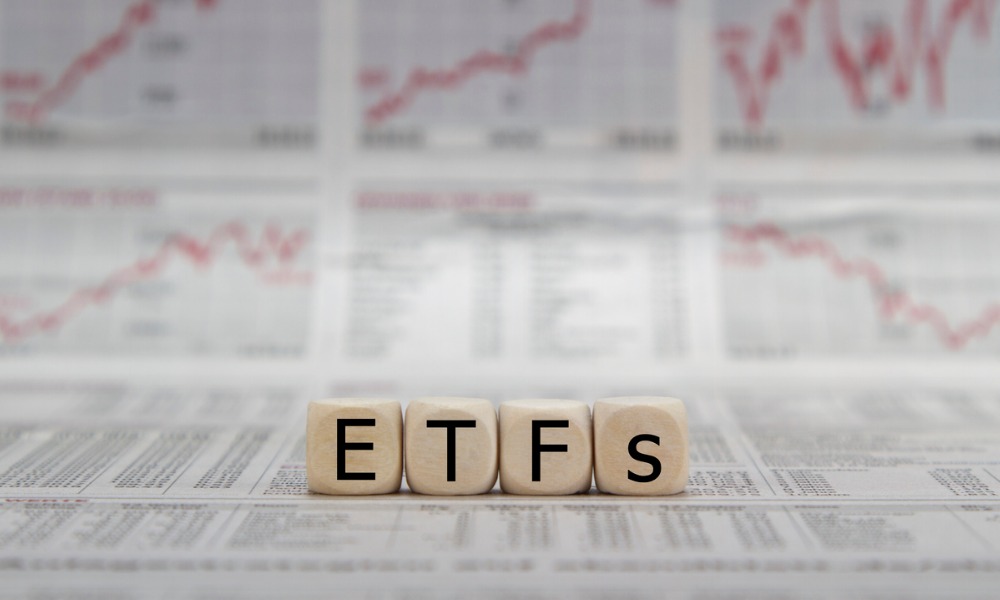New high in annual sales on the horizon as post-pandemic trends drive investor demand

The Canadian ETF space could reach another all-time high in 2021 as post-COVID economic opportunities and risks, along with product innovation, spur continued demand among investors.
Citing figures from National Bank, the 2021 Mid-Year ETF report from Mackenzie Investments said $25 billion flowed into Canadian ETFs during the first five months of the year, putting it on pace to break its full-2020 inflow record of $41 billion. As of May 31, roughly two thirds of inflows (64%), have gone into Canadian, U.S., and international stock funds, reflecting investors’ continued focus on equity markets.
While money also poured into fixed-income assets, the report said rising interest rates that led to falling bond prices earlier in the year have made investors relatively more cautious on the space. “Most bond-focused dollars went into short-term and aggregate fixed income ETFs,” it said.
The report also highlighted some trends shaping the capital currents within the Canadian ETF industry, including some ripple effects from the COVID-19 pandemic. Inflation is a top-of-mind concern, it said, noting how investors had funnelled $458 million into short-maturity ETFs by the end of May.
“Besides shorter fixed income, there are also ETFs that invest in Treasury Inflation Protected Securities (TIPS), which can increase in value as inflation rises, or senior loan–based ETFs that protect investors from rising interest rates,” the report said. “ETFs with allocations to gold bullion or broad commodities can also help investors create a portfolio that seeks to provide inflation-beating returns.”
Another predominant theme was the hunt for yield. As the Bank of Canada’s current policy stance indicates ultra-low rates until at least 2023, investors may seek opportunities outside Canadian fixed income, including ETFs exposed to global debt securities and strategic-beta ETFs focused on dividend stocks.
ESG ETFs have also come into their own, Mackenzie added. According to figures from National Bank, Canadian-listed ESG-focused ETFs have seen $3.3 billion in inflows between January and May, handily outpacing last year’s record of $1.8 billion in sales for the whole of 2020.
“You’re seeing an increased amount of social awareness globally, and that’s being driven by many movements,” said Prerna Chandak, vice president ETFs at Mackenzie Investments.
From a product standpoint, investors in Canada are also benefiting. At May’s end, 917 Canadian-listed ETFs were available to domestic investors, according to the Canadian ETF Association. The relative ease of trading Canada-listed ETFs compared to those listed abroad – currency hedging isn’t a problem for homegrown ETFs, for example – may make them better for the average investor.
“If we’re competitive in terms of exposures, fees and liquidity then it’s often more appropriate for Canadian investors to hold Canadian-listed products,” said Michael Cooke, Mackenzie’s senior vice president and head of ETFs.
Canada’s ETF market has also made great strides in ETF product evolution, with cryptocurrency offerings being the most notable example.
“Canada has emerged as a global leader in regulatory approval for cryptocurrency products like bitcoin,” Cooke said. “that’s shone a brighter spotlight on Canadian ETF innovation.”



